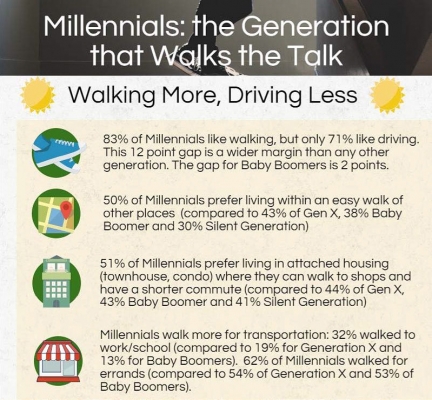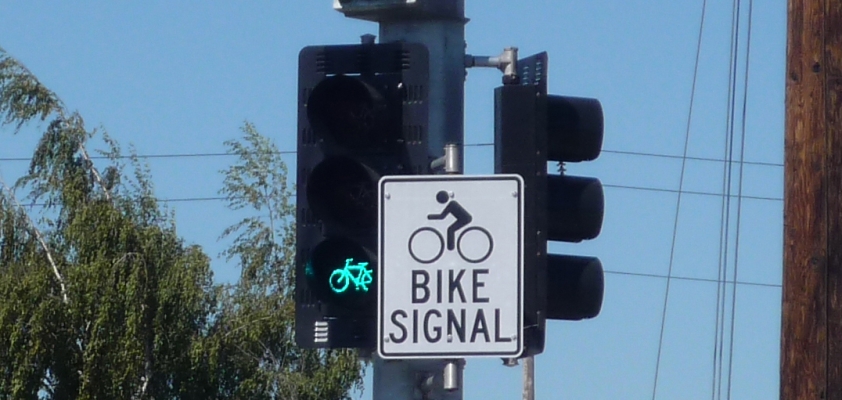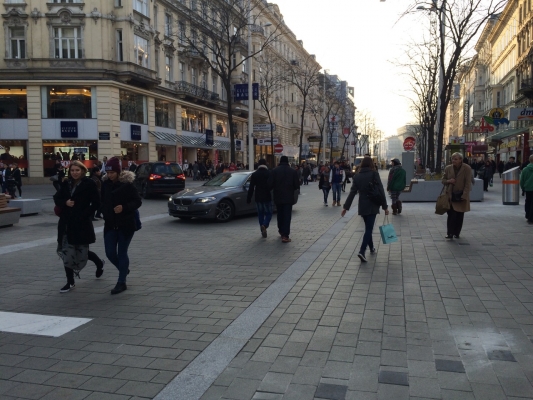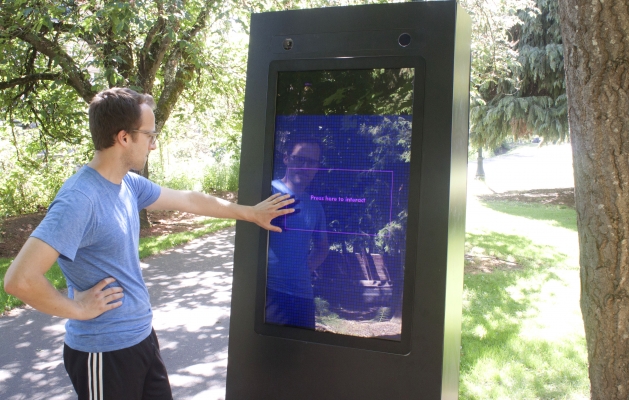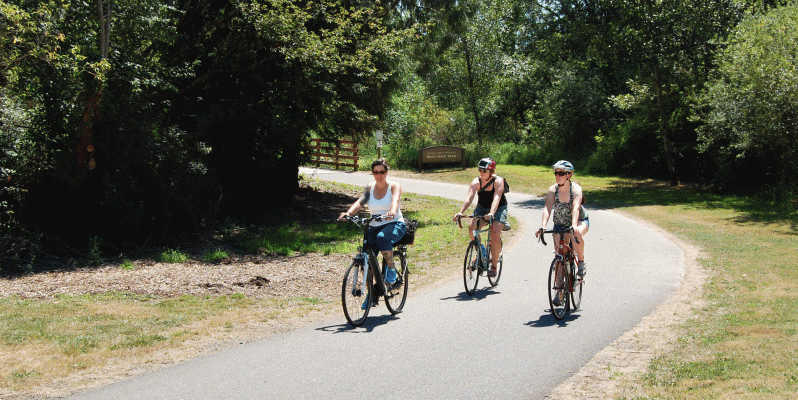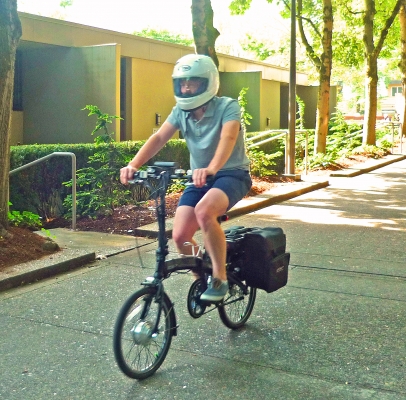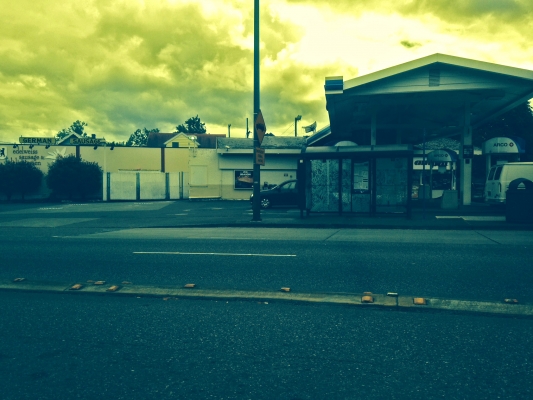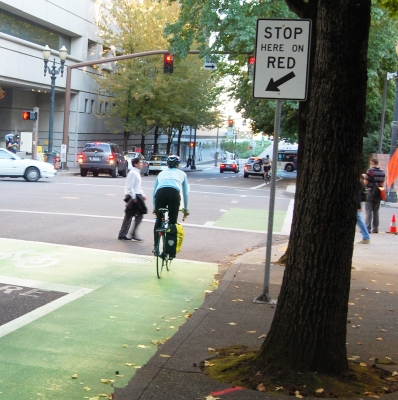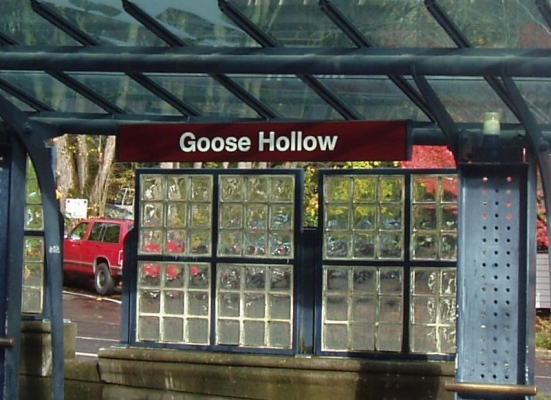Millennials prefer walking over driving by a substantially wider margin than any other generation, according to a new poll conducted by the National Association of Realtors and TREC, the Transportation Research and Education Center at Portland State University.
The 2015 National Community and Transportation Preference Survey found that millennials, those aged 18 to 34, prefer walking as a mode of transportation by 12 percentage points over driving. Millennials are also shown to prefer living in attached housing, living within walking distance of shops and restaurants, and having a short commute, and are the most likely age group to make use of public transportation.
The poll also found that millennials show a stronger preference than other generations for expanding public transportation and providing transportation alternatives to driving, such as biking and walking, while also increasing the availability of trains and buses. Millennials likewise favor developing communities where people do not need to drive long distances to work or shop.
> Jennifer Dill of TREC and Hugh Morris of NAR will discuss the findings in a free Webinar Aug. 5....
Read more
